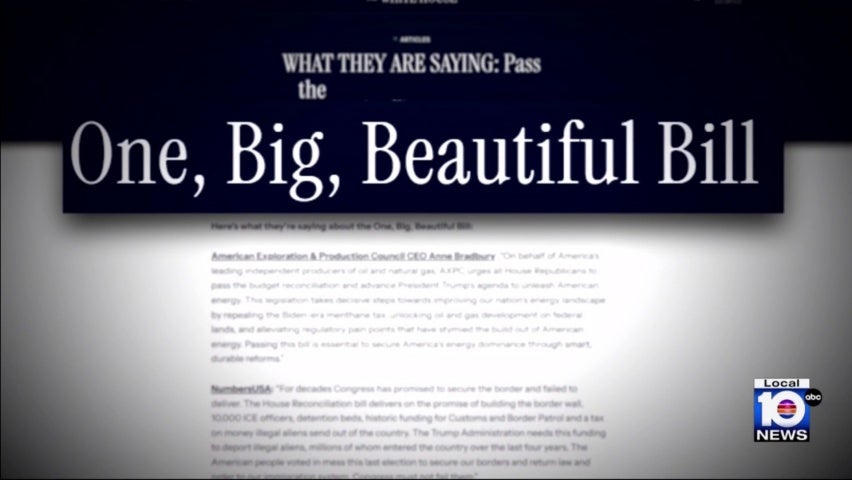
The Resignation of Henderson State University Chancellor Chuck Ambrose

The recently announced resignation of Henderson State University Chancellor Chuck Ambrose is voluntary, according to Ambrose and leaders at the Arkansas State University System, which absorbed the Arkadelphia college into its system in 2021 to avoid Henderson’s financial collapse. Ambrose slashed Henderson’s workforce from 350 to 240 in the aftermath of that crisis.
Background
In May 2022, the ASU System’s board of trustees voted to cut 88 instructional positions, or 37% of the 237 total positions at Henderson. This decision was made in response to years of deficit spending and depleted reserve funds under the tenure of former President Glendell Jones Jr.
Resignation and Future Plans
In an email Tuesday, ASU System spokesman Jeff Hankins said the resignation “did not come as a surprise” to ASU System President Chuck Welch. The chancellor sent Welch a letter on July 31 advising he would be leaving effective Sept. 15. According to Welch, Ambrose had expressed his desire to return to South Carolina and pass the baton to another individual to lead the university.
Contract Details
Ambrose’s contract, obtained by the Arkansas Times under the Arkansas Freedom of Information Act, states that his tenure was not supposed to end until June 30, 2024. He received an annual salary of $250,000 and an additional $25,000 annually in deferred compensation. Ambrose was also provided with a house and a car, along with associated vehicle costs such as fuel and insurance.
Lawsuit and Allegations
As Ambrose prepares to leave Arkansas, he remains the defendant in a federal lawsuit brought by two former Henderson professors, Marck Beggs and Megan Hickerson. The lawsuit alleges that the professors received inequitable treatment and adverse employment actions due to their ages. Beggs, who had worked at Henderson since January 1997, is 65 years old, while Hickerson is 57 years old.
The complaint states that Ambrose hired a younger, less experienced, and non-tenured faculty member for a position without advertising it or giving Beggs and Hickerson the opportunity to apply. The lawsuit also claims that Ambrose made misleading statements about the university’s financial crisis.
Sustainable Development Goals (SDGs)
- Goal 4: Quality Education
- Goal 5: Gender Equality
- Goal 8: Decent Work and Economic Growth
- Goal 10: Reduced Inequalities
Conclusion
The resignation of Henderson State University Chancellor Chuck Ambrose marks a significant transition for the university. As the institution moves forward, it is crucial to prioritize the Sustainable Development Goals (SDGs) to ensure quality education, gender equality, decent work, and reduced inequalities for all stakeholders involved.
SDGs, Targets, and Indicators Analysis
1. Which SDGs are addressed or connected to the issues highlighted in the article?
- SDG 4: Quality Education
- SDG 8: Decent Work and Economic Growth
- SDG 10: Reduced Inequalities
The issues highlighted in the article include downsizing and financial crisis at Henderson State University, which are connected to the goals of quality education, decent work and economic growth, and reduced inequalities.
2. What specific targets under those SDGs can be identified based on the article’s content?
- Target 4.3: By 2030, ensure equal access for all women and men to affordable and quality technical, vocational, and tertiary education, including university.
- Target 8.5: By 2030, achieve full and productive employment and decent work for all women and men, including for young people and persons with disabilities, and equal pay for work of equal value.
- Target 10.2: By 2030, empower and promote the social, economic, and political inclusion of all, irrespective of age, sex, disability, race, ethnicity, origin, religion, or economic or other status.
Based on the article’s content, the targets related to ensuring equal access to quality education, achieving decent work for all, and promoting social inclusion can be identified.
3. Are there any indicators mentioned or implied in the article that can be used to measure progress towards the identified targets?
- Indicator 4.3.1: Participation rate of youth and adults in formal and non-formal education and training in the previous 12 months.
- Indicator 8.5.1: Average hourly earnings of female and male employees, by occupation, age group, and persons with disabilities.
- Indicator 10.2.1: Proportion of people living below 50 percent of median income, by age, sex, and persons with disabilities.
The article does not explicitly mention these indicators, but they can be used to measure progress towards the identified targets. The participation rate in education and training, average earnings, and proportion of people living below a certain income level can provide insights into the achievement of the targets.
Table: SDGs, Targets, and Indicators
| SDGs | Targets | Indicators |
|---|---|---|
| SDG 4: Quality Education | Target 4.3: By 2030, ensure equal access for all women and men to affordable and quality technical, vocational, and tertiary education, including university. | Indicator 4.3.1: Participation rate of youth and adults in formal and non-formal education and training in the previous 12 months. |
| SDG 8: Decent Work and Economic Growth | Target 8.5: By 2030, achieve full and productive employment and decent work for all women and men, including for young people and persons with disabilities, and equal pay for work of equal value. | Indicator 8.5.1: Average hourly earnings of female and male employees, by occupation, age group, and persons with disabilities. |
| SDG 10: Reduced Inequalities | Target 10.2: By 2030, empower and promote the social, economic, and political inclusion of all, irrespective of age, sex, disability, race, ethnicity, origin, religion, or economic or other status. | Indicator 10.2.1: Proportion of people living below 50 percent of median income, by age, sex, and persons with disabilities. |
Behold! This splendid article springs forth from the wellspring of knowledge, shaped by a wondrous proprietary AI technology that delved into a vast ocean of data, illuminating the path towards the Sustainable Development Goals. Remember that all rights are reserved by SDG Investors LLC, empowering us to champion progress together.
Source: arktimes.com

Join us, as fellow seekers of change, on a transformative journey at https://sdgtalks.ai/welcome, where you can become a member and actively contribute to shaping a brighter future.





